TeSI programme: connecting science and business to address societal challenges
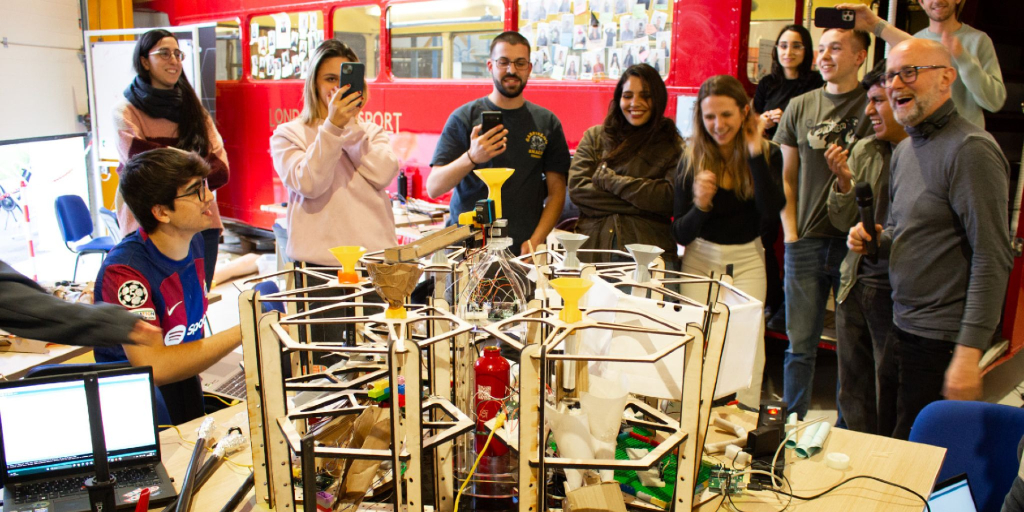
Technological advancements continue to play a significant role in addressing societal challenges. The intersection of technology, business, and design provides opportunities for developing innovative solutions that respond to critical social needs. Within this framework, different initiatives aim to bridge the gap between scientific research and real-world applications, fostering multidisciplinary collaboration.
ATTRACT Final conference—Register now!
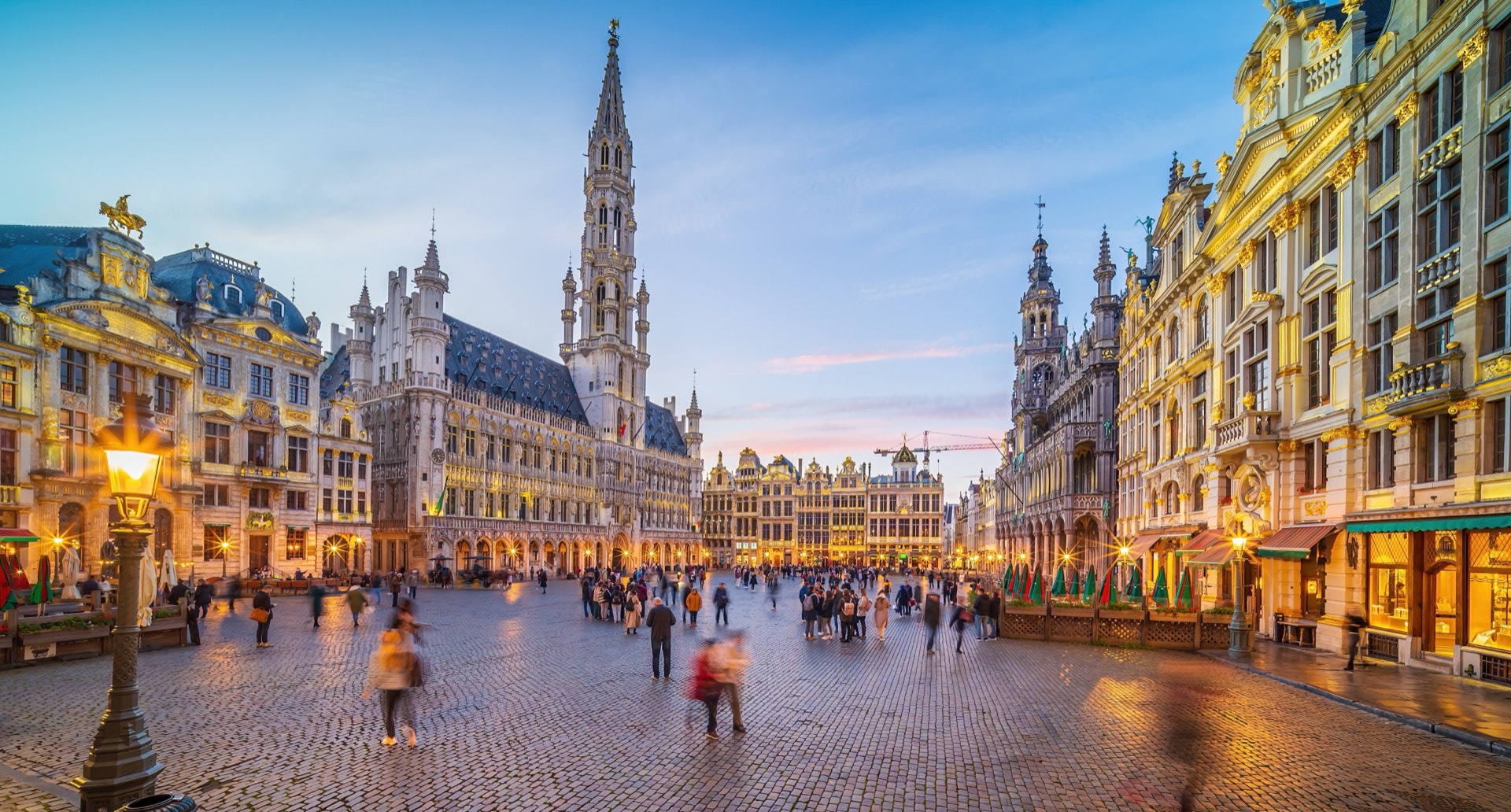
The ATTRACT effect: How big science and tech will make Europe more competitive
This event serves as a dynamic platform, bringing together all key actors involved within the ATTRACT phase 2 to showcase their achievements and impact. It underscores ATTRACT’s transformative role in fostering deep-tech innovation, bridging the gap between cutting-edge research and market-ready applications, and strengthening Europe’s global competitiveness.
To kick off this year’s Prototyping at CERN series, we invite you to join a community of innovative prototypers
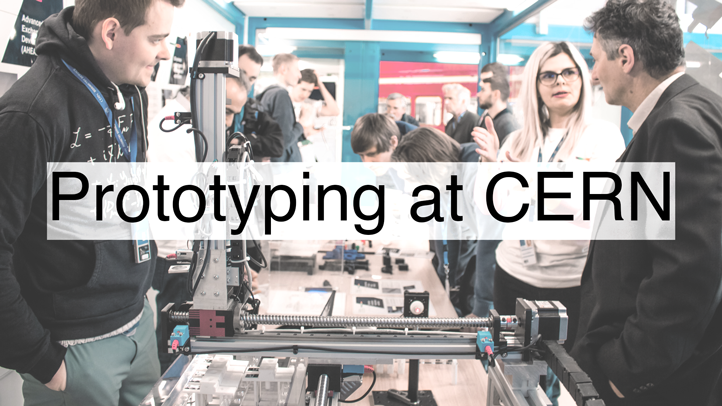
CBI A3 programme: empowering students across continents to tackle global challenges
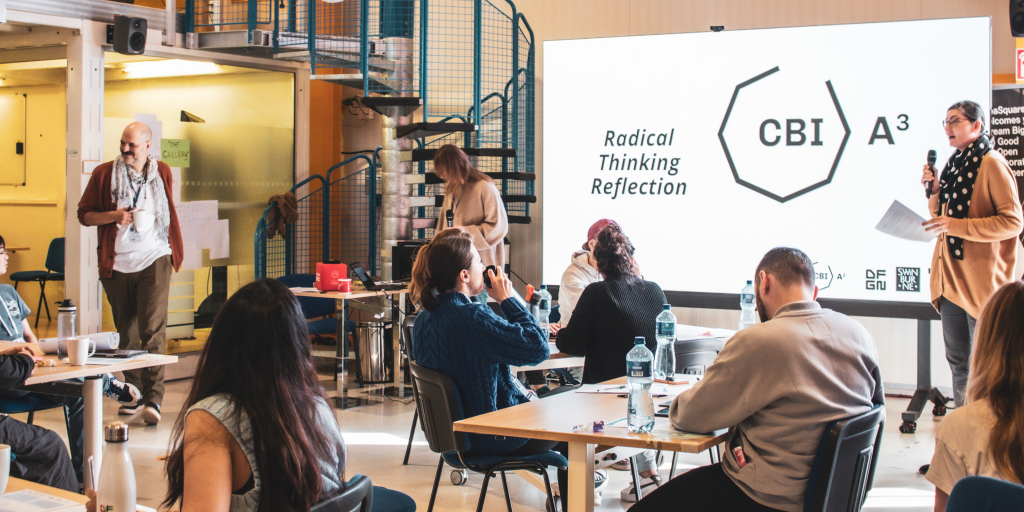
The increasing complexity of societal challenges has led to the emergence of educational programmes that aim to equip students with the necessary skills to develop innovative solutions. These programmes focus on interdisciplinary collaboration, fostering global responsibility, and leveraging emerging technologies. By integrating different domains, including deep technology, design, and engineering, among others, such programmes prepare students to address issues aligned with global sustainability goals.
A workshop to introduce children from the Jardin des Particules to prototyping and teamwork
For three mornings, around forty children from the Jardin des Particules came to IdeaSquare, the innovation space at CERN, for an extraordinary workshop!
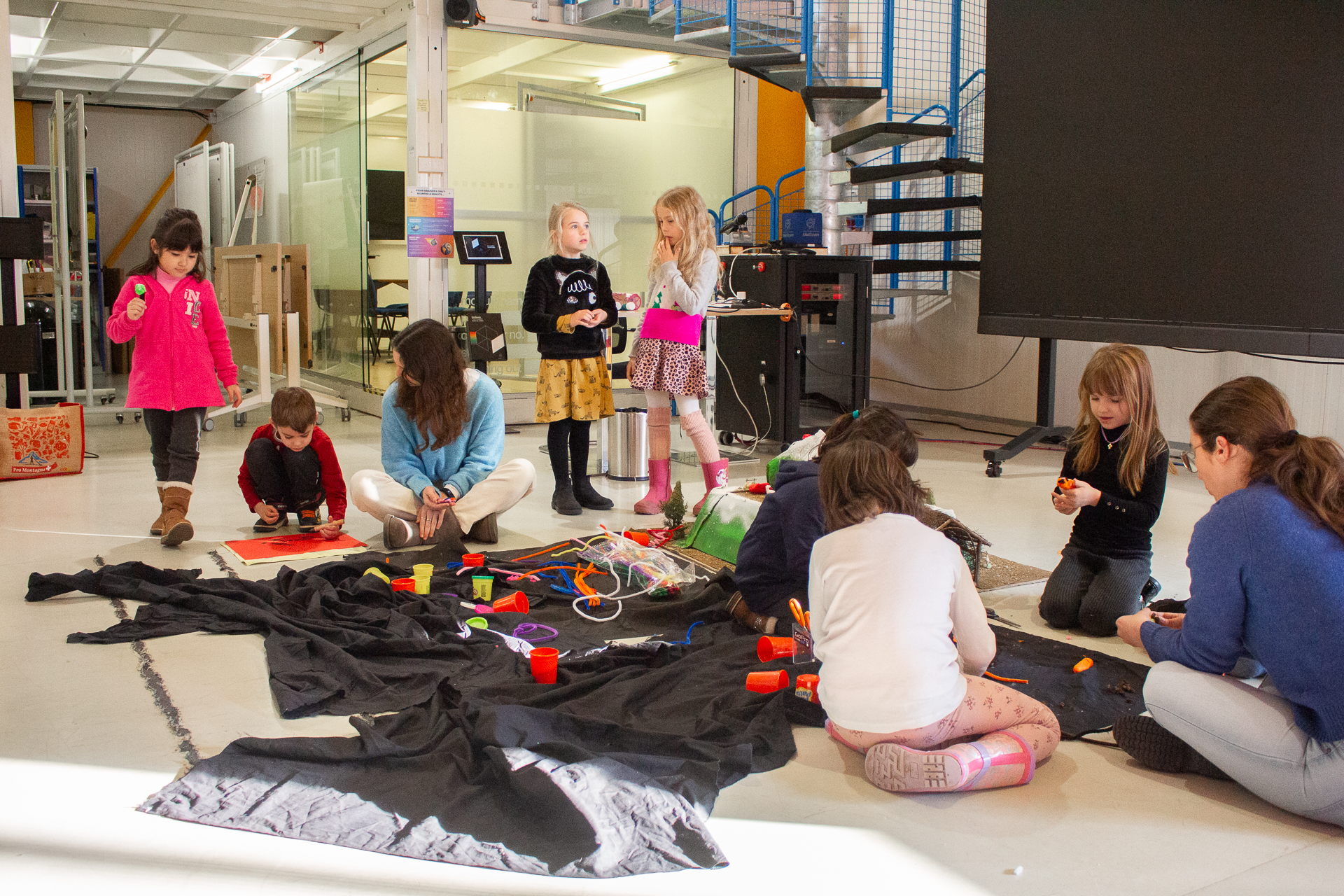 For three mornings, around forty children from the Jardin des Particules came to IdeaSquare, the innovation space at CERN, for an extraordinary workshop!
For three mornings, around forty children from the Jardin des Particules came to IdeaSquare, the innovation space at CERN, for an extraordinary workshop!
Summer school at CERN IdeaSquare on experimentation-driven research methodologies
Register for a summer school at CERN IdeaSquare on experimentation-driven research methodologies taking place in June!
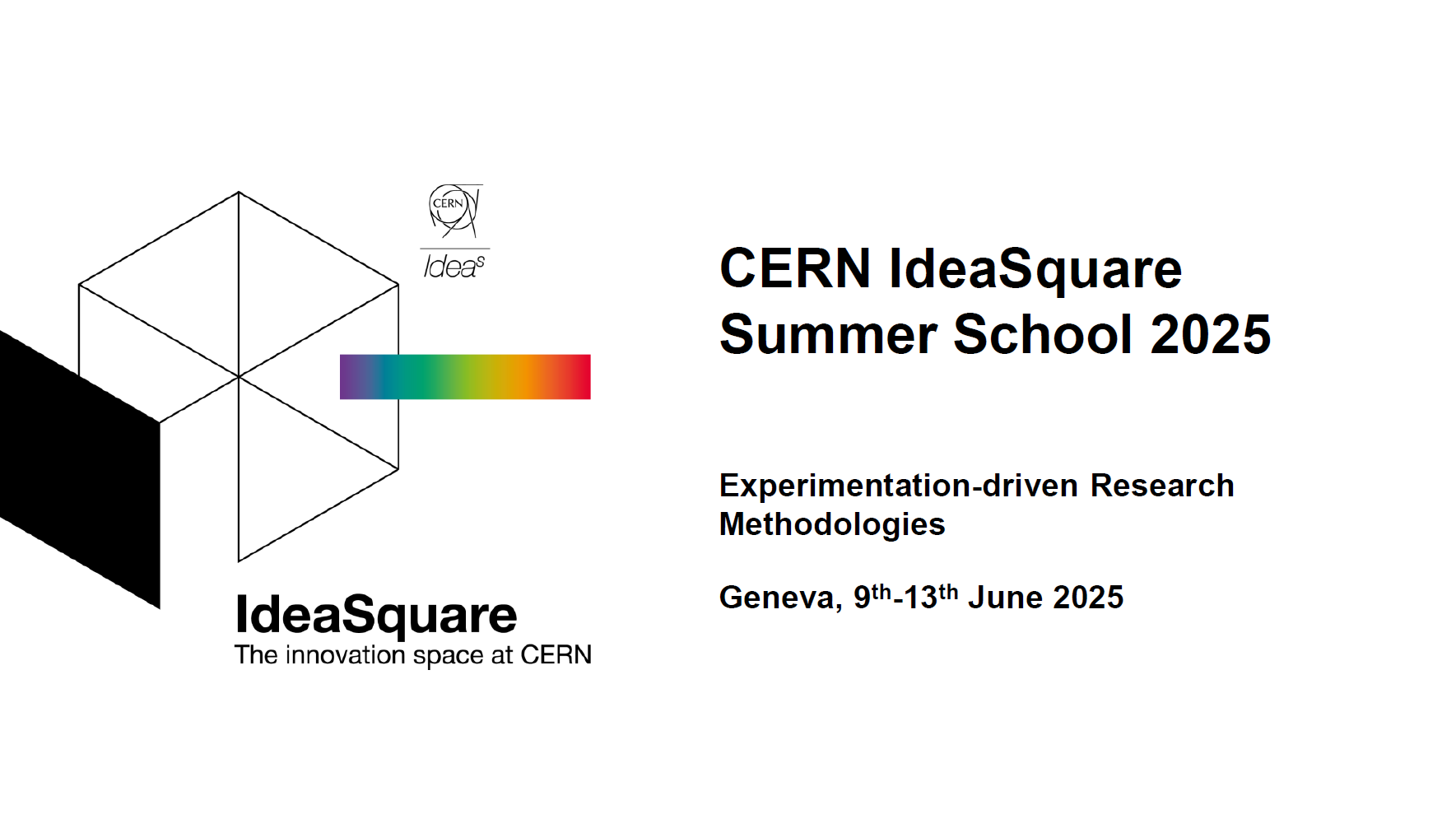 Register for a summer school at CERN IdeaSquare on experimentation-driven research methodologies taking place in June!
Register for a summer school at CERN IdeaSquare on experimentation-driven research methodologies taking place in June!
FTSF programme: linking design and technology for sustainable textile solutions
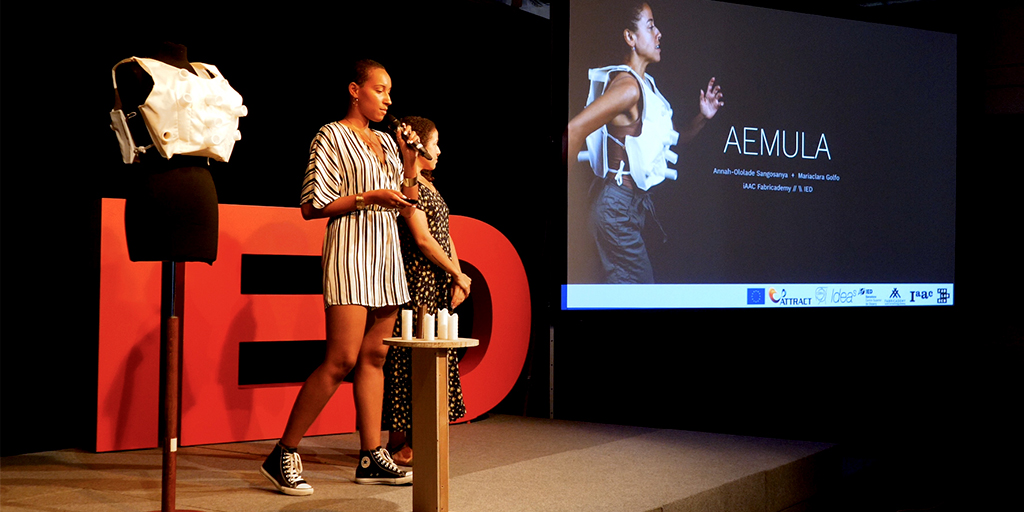
The Future Technologies for Sustainable Fashion (FTSF) programme is an initiative designed to explore the intersection of fashion and technology through a critical lens focused on sustainability, future scarcity, and space habitation.
CBI4AI programme: connecting technology with human needs
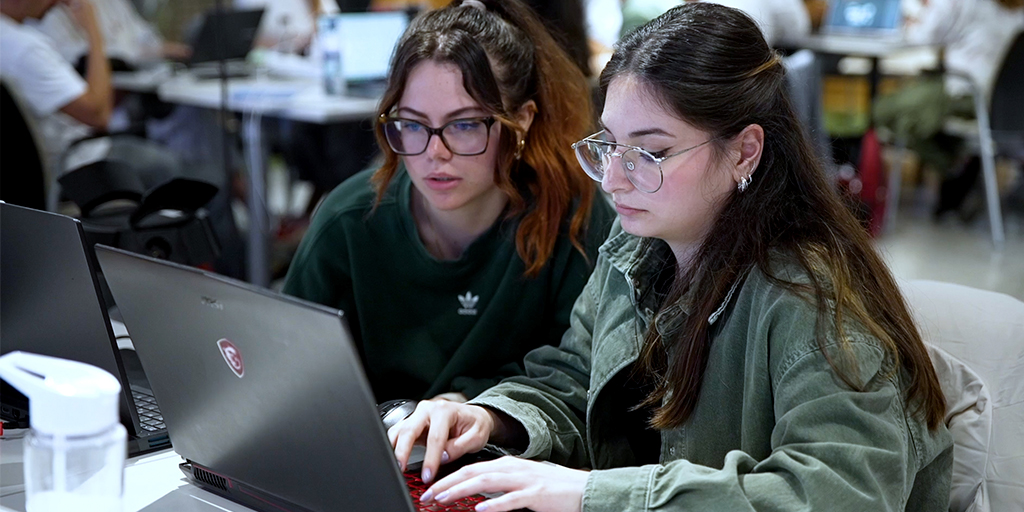
The development and application of artificial intelligence (AI) have significantly transformed different aspects of society and business, influencing industries, economies, and human interactions. Its rapid advancements have introduced new possibilities in data analysis, automation, and problem-solving, raising fundamental questions about its ethical and sustainable implementation. As AI continues to evolve, there is a growing need to bridge the gap between technological innovation and human needs, ensuring that new developments serve society effectively.
Create your own ATLAS experiment with 3D printing
Recreate the iconic ATLAS experiment using 3D printing!
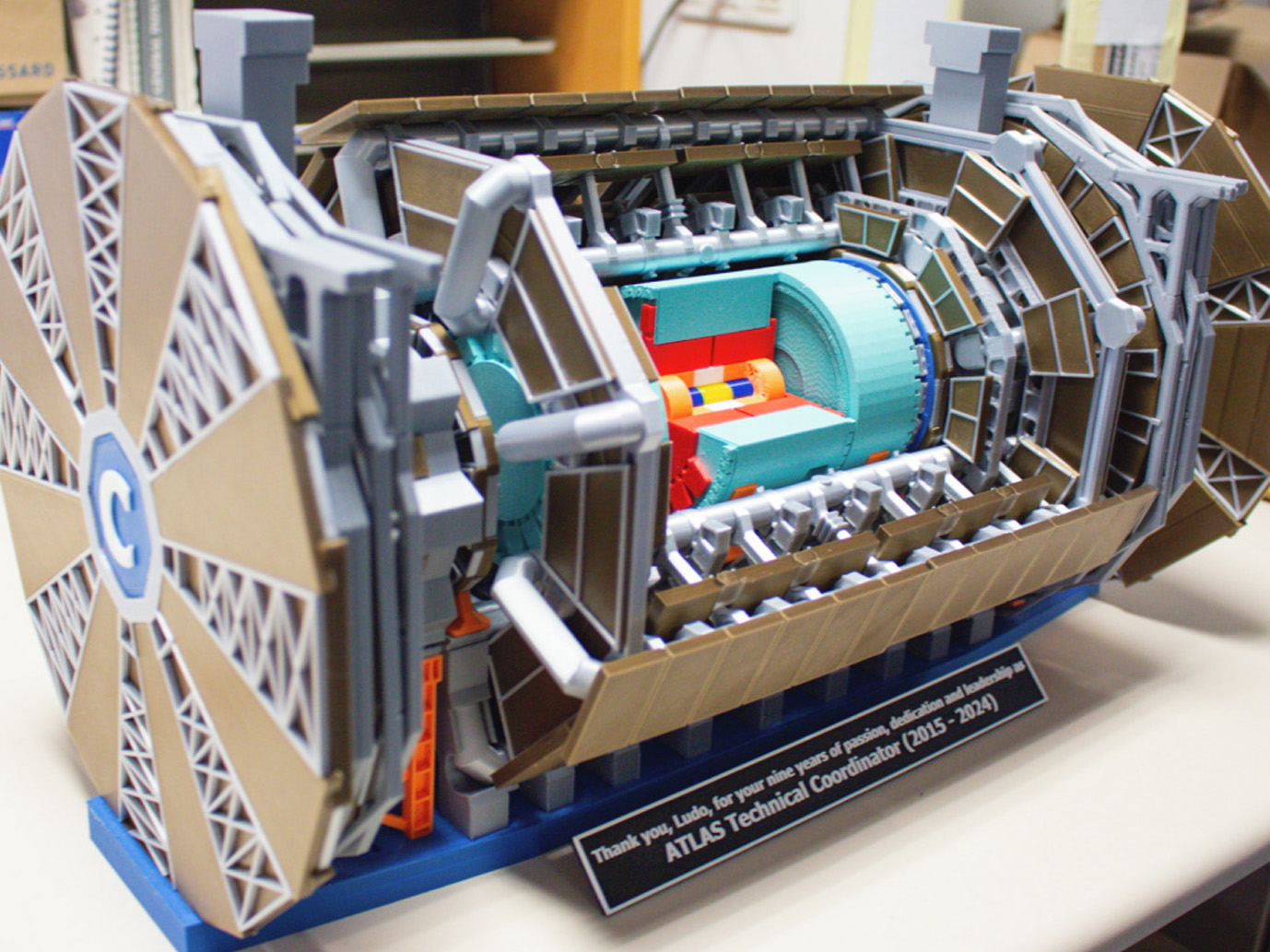 Recreate the iconic ATLAS experiment using 3D printing!
Recreate the iconic ATLAS experiment using 3D printing!
Celebrating a decade of innovation connecting science and society: the journey of IdeaSquare
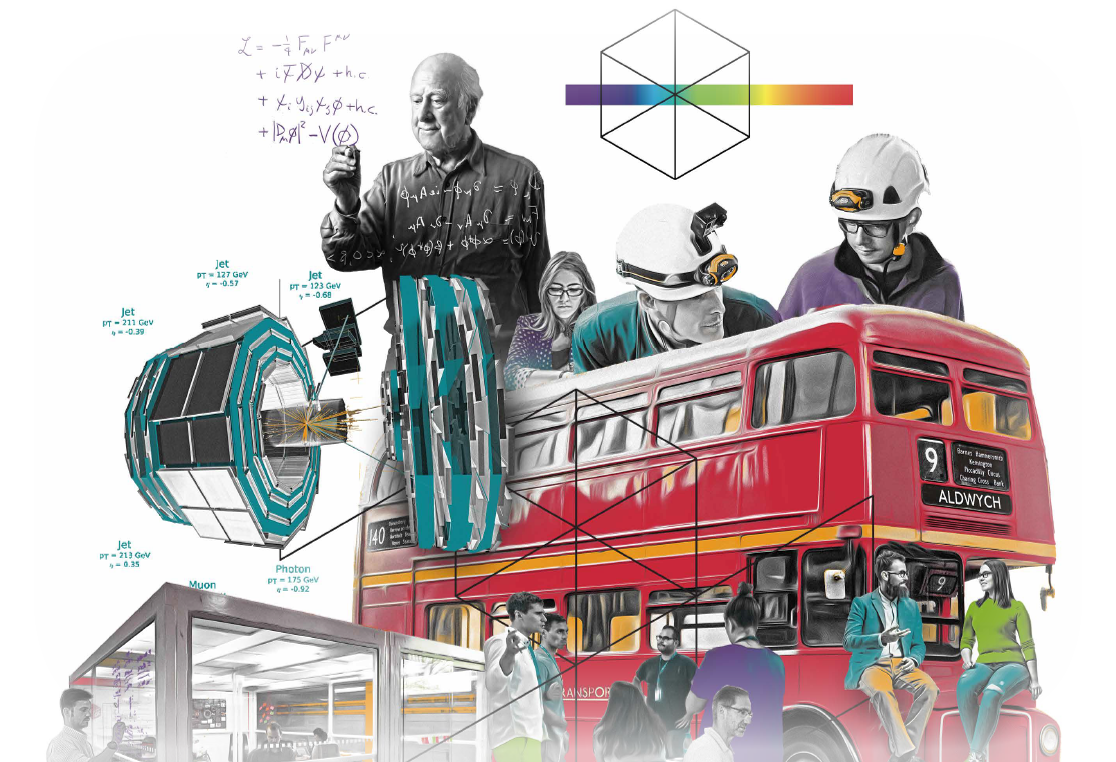
“
Pagination
- Previous page
- Page 4
- Next page